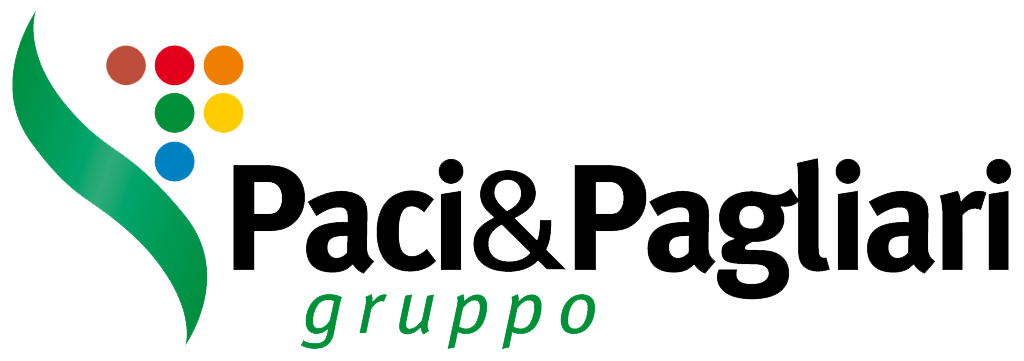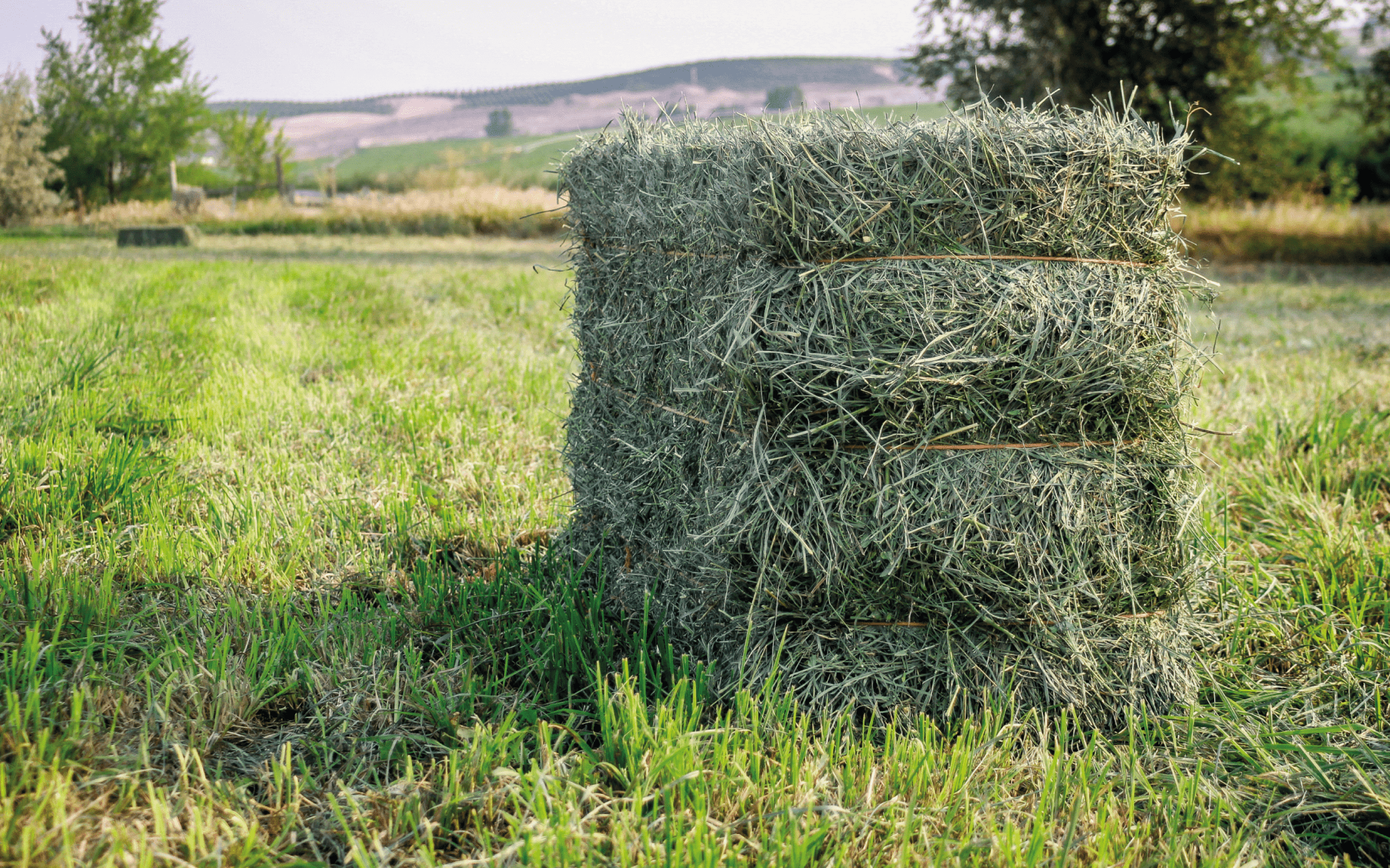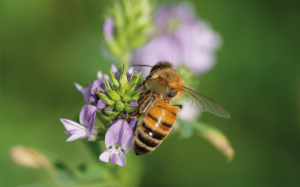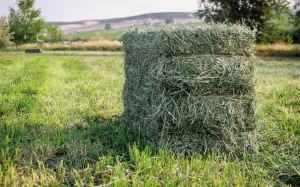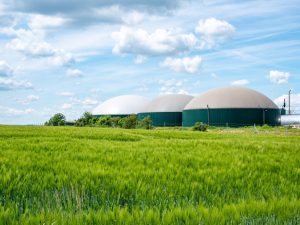What’s alfalfa
The medicago sativa is a perennial plant with a tap-root system that can reach a 3 m length; it has a basal crown from which more or less erect stems originate that can reach one meter in height, hollow on the inside. Leaves are trifoliate and differ from those of clovers in that central leaf is not sessile but petiolate.
Alfalfa properties
Forage plant par excellence, it can be used as hay crop, silage and to produce dehydrated flour.
As forage it is the most popular legume species since it has a high protein and vitamin content (carotenes, B complex), high palatability and the possibility of being stocked in the form of hay, silage, flour or fresh.
If artificially dried it reaches concentrate-worthy protein values up to 20%, whereas for silage it is necessary to adopt some precautions such as pre-wilting or the addition of lactobacilli or organic/inorganic acids.
Due to its nitrogen-fixing nature, its cultivation also produces the result of naturally enriching the soil again with nitrogen after it has been deplenished by previous cultivations of other vegetable families.
